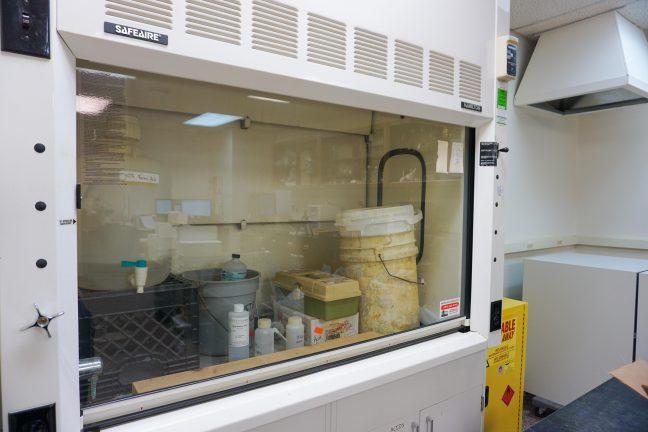Very few of us can reflect upon George W. Bush’s presidency and remark that his term of office was a downright failure. But it is also impossible to claim his presidency was a complete success.
At best, most of what our outgoing president could show for his time in office was a case of political erectile dysfunction so acute it left this nation yearning for a major change in November. In the long run, even when some of Bush’s policies were motivated by good intentions, they ultimately failed to launch.
Take, for instance, the No Child Left Behind Act, signed into law January 2002. With this law, Bush expressed his desire to “reform” the education system, hoping to raise standards in schools across America by implementing yearly standardized tests in all public schools.
In theory, NCLB was a promising idea, but its execution was and still is intrinsically flawed. The most obvious complaint is that students, rather than being taught according to the school’s curriculum, are solely being taught material on the test. Another serious qualm with Bush’s plan is the same test is being applied for all students, regardless of native tongue, mental ability and so on. The list of these various concerns is extensive.
More important, however, is whether NCLB is even working. Recently in Philadelphia, during one of his final speeches, Bush claimed that, this year, children in the fourth grade had achieved the highest scores ever in reading and math. Statistics, however, suggest the success of NCLB is sporadic at best. According to a study performed by the Department of Education in 2008, students enrolled in NCLB’s Reading First Program showed no level of improvement over their peers.
Admittedly, though, the blame cannot fall solely on Bush’s shoulders. State and federal lawmakers on both ends of the political spectrum failed to adequately fund this act from the outset. However, Bush’s 2006-07 budget proposal attempted to slash nearly $4.3 billion dollars from education. As a chief executive, it was our president’s responsibility to oversee the adequate implementation of NCLB — and he failed.
And then there’s Kyoto. During his bid for the presidency in 2000, one of Bush’s campaign promises was to reduce atmospheric carbon dioxide, and the Kyoto Protocol seemed a viable way to aid in this so-called mission. But when time came to ratify the document, Bush refused to ratify, citing “economic concerns” due to the treaty’s exceptions for both China and India.
The Energy Information Administration, however, shows in 2007 the U.S. emitted about 6,021.8 million metric tons of CO2 — about 130 million metric tons more than in 2000. Once again, our outgoing president’s intentions, at least those given during his campaign eight years ago, were promising. But now, in terms of environmental damage, we have little to show for these campaign promises.
Good intentions are not enough when a president is required to adequately serve his or her country. After all, we measure success by results, not by intent. An “A for effort” is not acceptable for the president of the United States. You could try grade school, but I hear they only teach to the test now.







